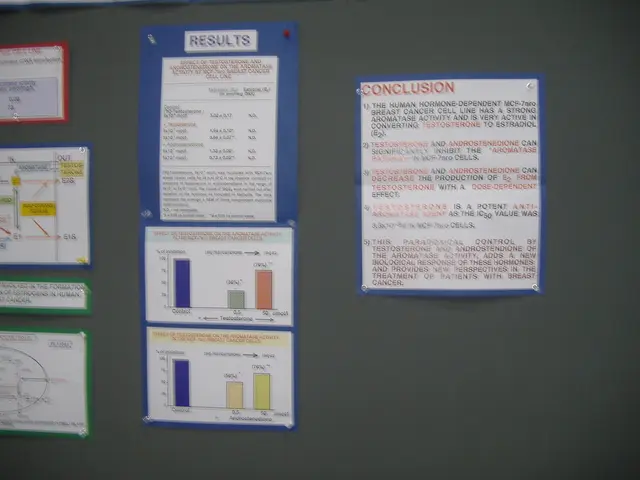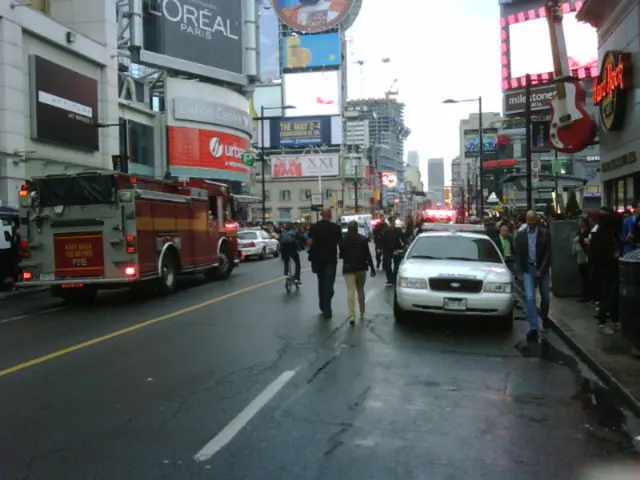Stock exchange price for Ai-95 reaches a new all-time high
In recent months, Russian gasoline prices have skyrocketed to record highs, reaching above 77,000 rubles ($946.60) per ton for premium Ai-95 gasoline on the St. Petersburg International Mercantile Exchange in early August 2025.
The surge in prices is primarily due to physical refinery damage and reduced domestic supply. This has been exacerbated by ongoing refinery repairs, following Ukrainian drone attacks that caused significant damage to several refineries, including Ryazan, Penza, Samara, and Voronezh.
To address the supply issues, the Russian government imposed a full ban on gasoline exports on July 28, 2025, with the measure expected to continue into September. However, this export ban has had limited impact, as export volumes are small compared to domestic consumption, and the damage to refining capacity has caused a daily loss of around 40,000 tons of crude processing.
The repair timelines at affected refineries vary from one to six months, suggesting persistent supply tightness through late 2025 and possibly into early 2026. In response, the government may consider additional measures such as price controls or subsidies if the crisis deepens, given the political sensitivity of fuel prices in Russia.
The inflationary pressures are indirectly indicated by the sharp price increases, but direct inflation data was not specified in the sources. Nevertheless, the fuel price surge contributes to broader economic inflation risks given gasoline's central role in transport and production costs.
According to Rosstat data published on August 6, gasoline prices at Russian gas stations increased by 4.9% from the end of 2024 by July 4. The prices for Ai-92 gasoline increased the most (+5.1%), followed by Ai-95 (+4.8%), Ai-98 and above (+2.1%), and diesel fuel (+1.9%). The price of summer diesel fuel also increased by 0.45% to 59,256 thousand rubles per ton.
On August 12, the price of a ton of Premium-95 fuel increased to 80,510 thousand rubles, while the price of a ton of Regular-92 gasoline increased by 1.58% to 70,484 thousand rubles.
In summary, the Russian market faces extended supply disruptions, potential government intervention, and structural challenges contributing to high fuel costs for consumers. The ongoing crisis highlights the need for strategic reserves, diversified refining capacity, and improved security measures to protect against precision attacks.
As the Russian government imposes a ban on gasoline exports due to supply issues, the economy is expected to feel the impact, especially in the finance sector, as the high fuel prices contribute to broader inflation risks. The continued disruptions in refinery capacity may compel the government to consider additional measures such as price controls or subsidies to alleviate the economic pressure.




